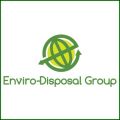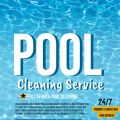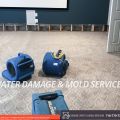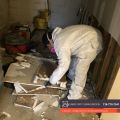You’ve Got Contaminated Soil; Now What?

You’re a professional who has been tasked with identifying the best case solution for managing contaminated soil at your client’s property located in the Northeast.
The challenge comes in navigating the maze of dozens of available offsite T&D options for contaminated soil, including landfill disposal, recycling, and beneficial reuse, as well as the various onsite treatment options which may be suitable for RCRA hazardous metals contaminated soils, or hazardous VOC contaminated soils.
The dual mission is to implement the most appropriate and cost effective treatment/disposal scenario, while ensuring full regulatory compliance.
At any given job site, the higher the volume of contaminated soil, the greater the likelihood of identifying multiple soil classifications. On larger projects this often drives the need to target more than one disposal facility in order to minimize costs for offsite transportation & disposal (T&D) of contaminated soil.
It stands true that for every project there exists one singular best-available solution that is readily identifiable.
Identifying your best case option for contaminated soil begins with gaining a full understanding of site specific factors such as, location, contaminant types and concentration levels, volume, geophysical characteristics, site history, debris content, odor, gradation size, and moisture levels.Click Here to Read More....







